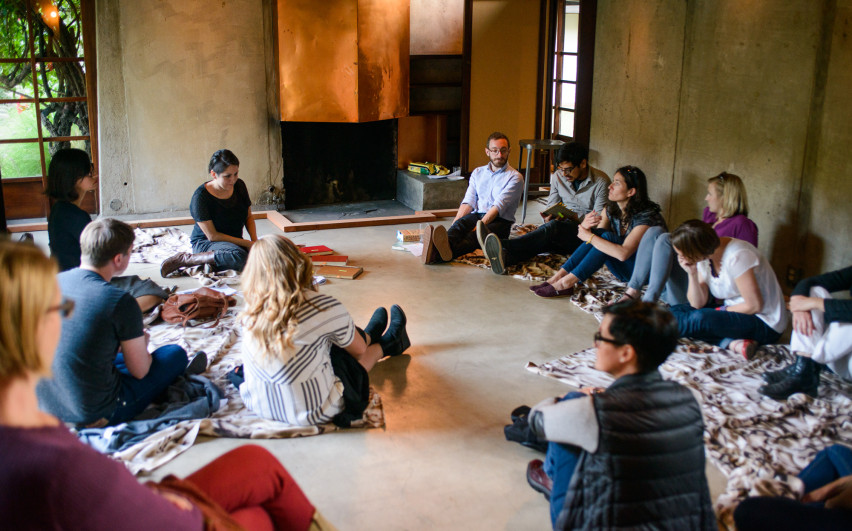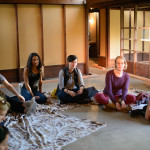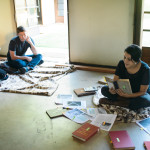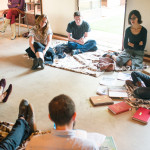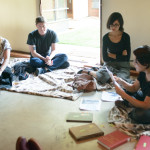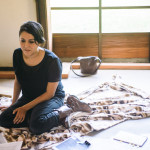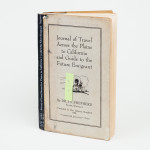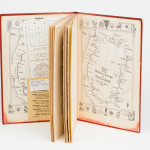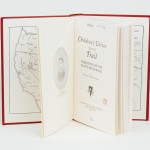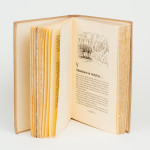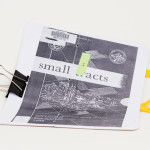Your Guide to Living in the West
About the Piece
Your Guide to Living in the West April 26 6:00-9:00pm
For Your Guide to Living in the West, I selected a range of travel logs, personal journals, stories, and periodicals that addressed, in some way, the broader notion of camping and the relationship between shelter and land in the west. My research lead me to select a range of materials from different points in time, ranging from travel journal across the plains to california from 1851 to articles about early pioneer homesteaders in the 1940’s in the Mojave desert, all the way to today with the little house movement. The materials included women’s journals, children’s diaries, newspaper articles and pamphlets by the United States bureau of land management. From the 1950’s among others. Articles from early Sunset Magazine as well as from Desert Magazine were also included.
I familiarized myself well with the selected materials and made selections that focused on the notion of demarcation and the claiming of space, on the relationship between shelter and the elements, and on mans relationship to land and the idea of settling. I was constantly thinking about the concept of camping as a starting point as connected to the Schindler House and the SH as connected to development in Los Angeles.
During the event, we all sat on blankets( wild running horse blankets) on the floor around the fireplace inside the Schindler House. MAK staff, guests, and I read selections from the texts as well as their own contributions. I began to respond to the reading of one text with another, creating a conversation between these texts that span through different times. What emerged for me was a history and relationship to land. The continued history of claiming space and demarcation within the west rose to the surface during the readings. The evolution of the notion of the private residence and ultimately, our relationship to housing and the roots of that cultural heritage.It was clear to me that this was a new history for me. My personal relationship to housing has continues to seem inherently inaccessible. The notion of owning a hows somehow has always felt foreign to me. Ideas of gentrification and notions of land and ownership rose to the surface for me during this process. The work continues to grow in this way and expands outside of itself ( as the object) and into the Los Angeles landscape though these events/programing.
